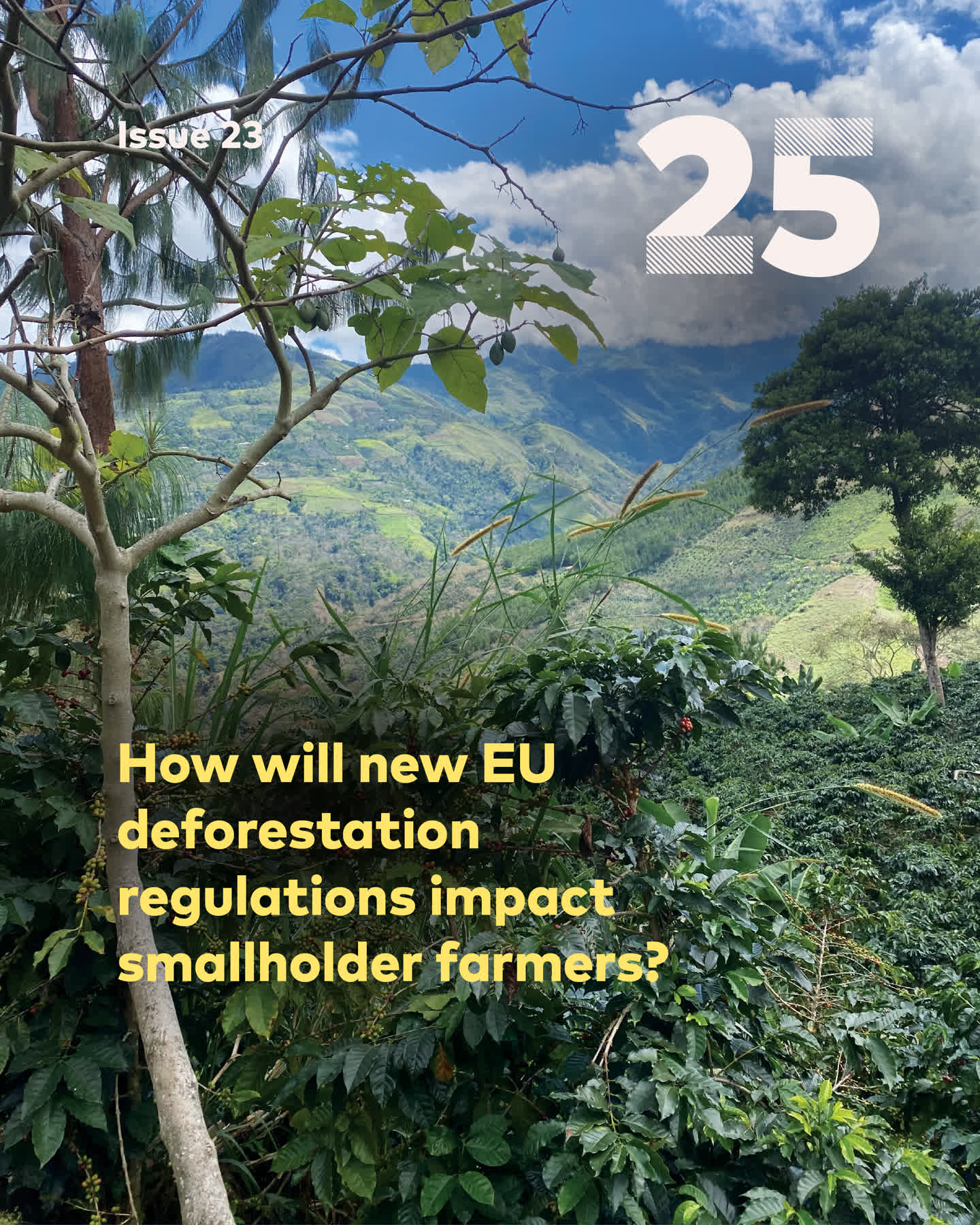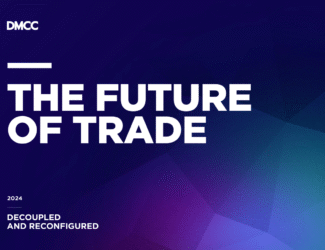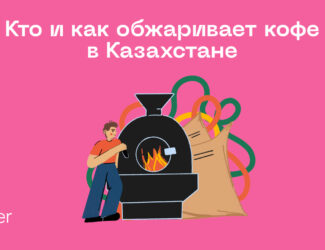
EU Deforestation Regulation Puts Peruvian Coffee Farmers at Risk of Market Exclusion
As Europe advances sustainability goals, smallholder farmers in remote coffee regions like Amazonas, Peru, face new challenges that threaten their place in global trade.
In a bid to combat global deforestation, the European Union has introduced the European Union Deforestation Regulation (EUDR), a landmark policy that aims to prevent the importation of commodities—such as coffee, cocoa, and soy—linked to forest degradation. While celebrated by environmental advocates, the regulation is already showing signs of creating unintended harm, particularly for smallholder coffee farmers in regions like Amazonas, Peru.
Amazonas is one of Peru’s leading coffee-producing zones, with 39% of its coffee exported to the European Union. Yet, the region is dominated by small-scale farmers who often operate on minimal income, lack access to digital infrastructure, and are disconnected from global policy discussions. According to interviews conducted by journalist María Paz Lobo, many farmers in the area are not even aware of the EUDR—let alone prepared to comply with its complex requirements for traceability and proof of deforestation-free supply chains.
A Regulation Misaligned with Local Realities
The EUDR mandates that exporters of coffee and other high-risk commodities provide geolocation data and evidence that their products do not contribute to deforestation. However, such requirements assume a level of technological access, administrative capacity, and institutional support that is out of reach for many rural farming communities.
In Amazonas, the causes of deforestation are deeply interwoven with issues such as poverty, insecure land tenure, and the need for subsistence farming. Some producers employ agroforestry systems that preserve tree cover, while others clear small plots for survival. The regulation’s broad-brush approach, critics argue, fails to account for these local complexities.
“The EUDR is a powerful tool, but it doesn’t reflect the diverse causes of deforestation on the ground,” said a local agronomist who works with farmer cooperatives. “In Amazonas, environmental degradation is often a symptom of economic desperation, not intentional destruction.”
A Growing Divide
With compliance expected by December 2024, many small-scale producers in Peru and across Latin America risk being excluded from European markets. This could lead to significant income losses for farming families and could push them further into poverty—or worse, incentivize them to shift toward crops with fewer international restrictions, some of which may be even more harmful to the environment.
The EUDR, while noble in its environmental mission, risks reinforcing a two-tiered trading system: one where large-scale, well-capitalized operations adapt with ease, while smallholders are left behind.
Rethinking Sustainability for Inclusion
Experts and advocates are calling for a more balanced implementation of the regulation. They suggest that traceability systems should be accompanied by robust technical and financial assistance, especially for marginalized groups. Others argue for differentiated compliance timelines, locally adapted frameworks, and formal recognition of traditional land-use systems like agroforestry, which are often overlooked in deforestation metrics.
“Without inclusive policies, the EUDR risks doing more harm than good,” said one representative from a regional coffee cooperative. “We need a transition plan that supports farmers, not penalizes them for circumstances beyond their control.”
Looking Ahead
The EUDR signals a critical shift in how sustainability is regulated globally. However, if the goal is to create a greener future that includes—not excludes—smallholder farmers, then more inclusive dialogue and flexible, region-specific policies are essential.
Ultimately, ensuring sustainability in coffee supply chains should not mean placing the heaviest burden on those with the fewest resources. As implementation begins, the international community will need to find ways to align environmental goals with economic justice—so that progress in one area does not come at the cost of another.






